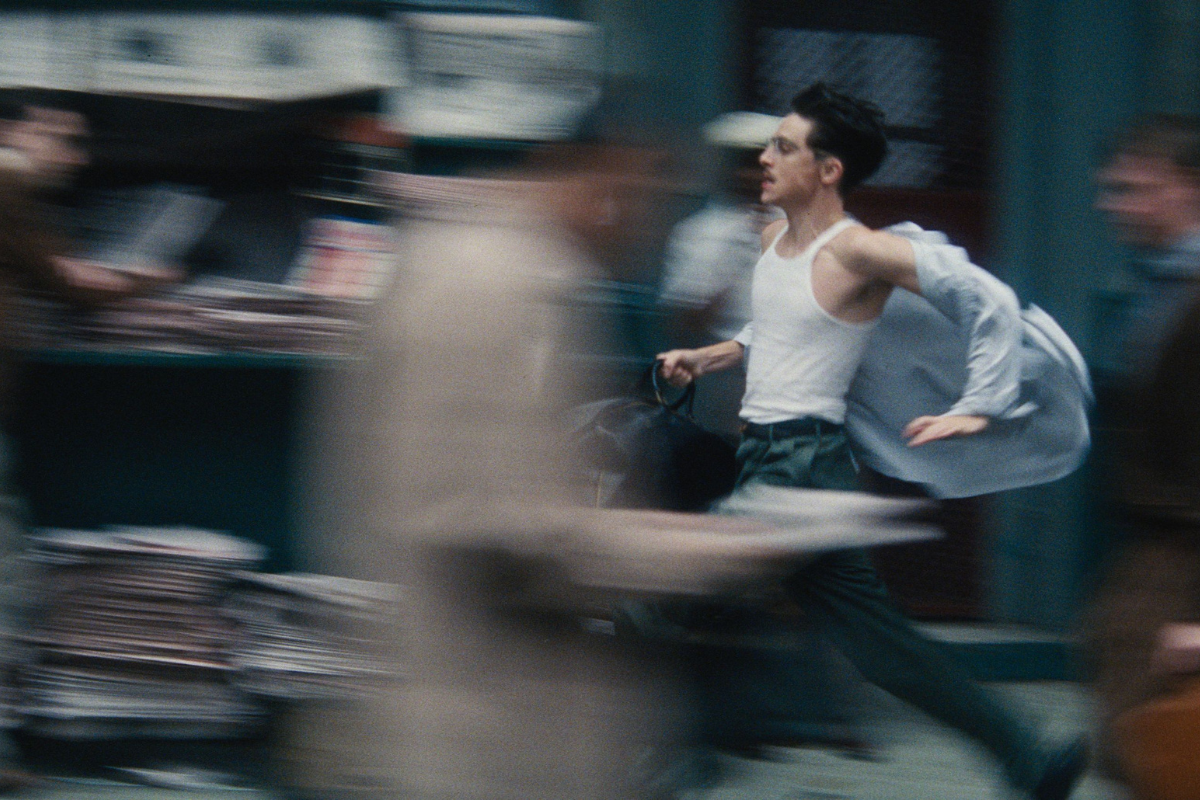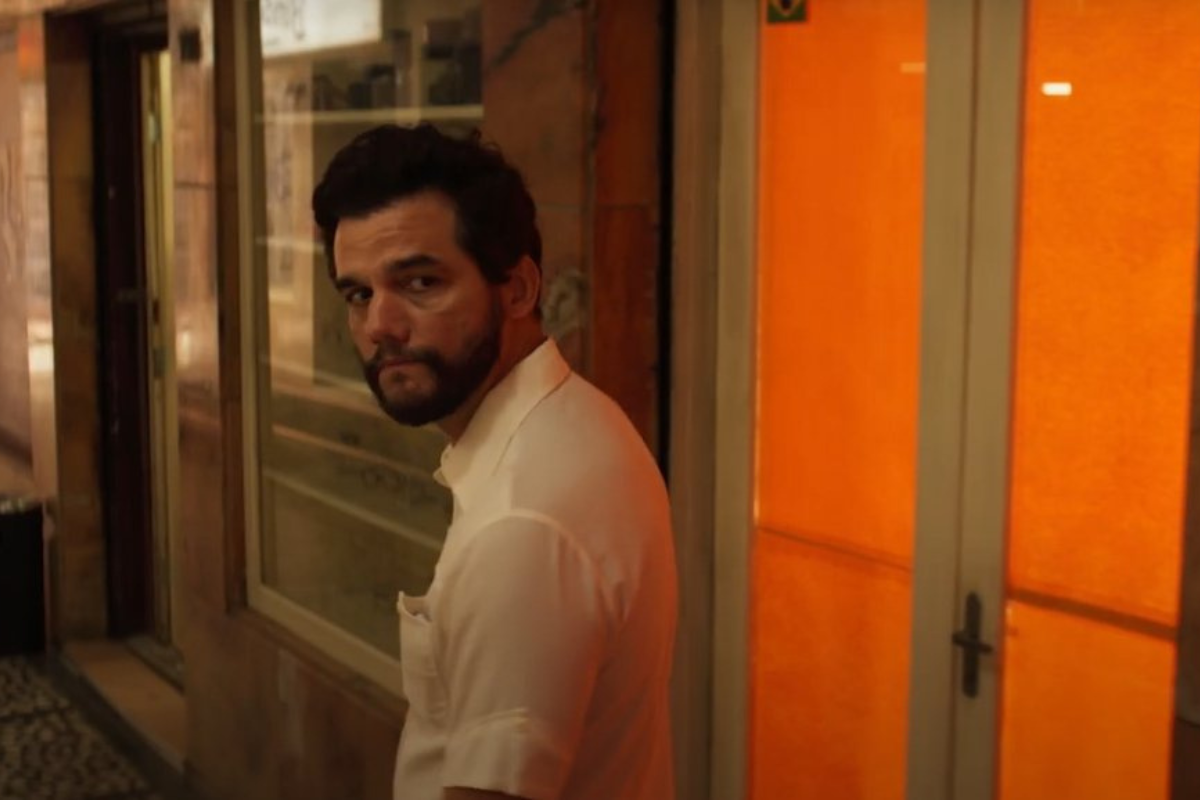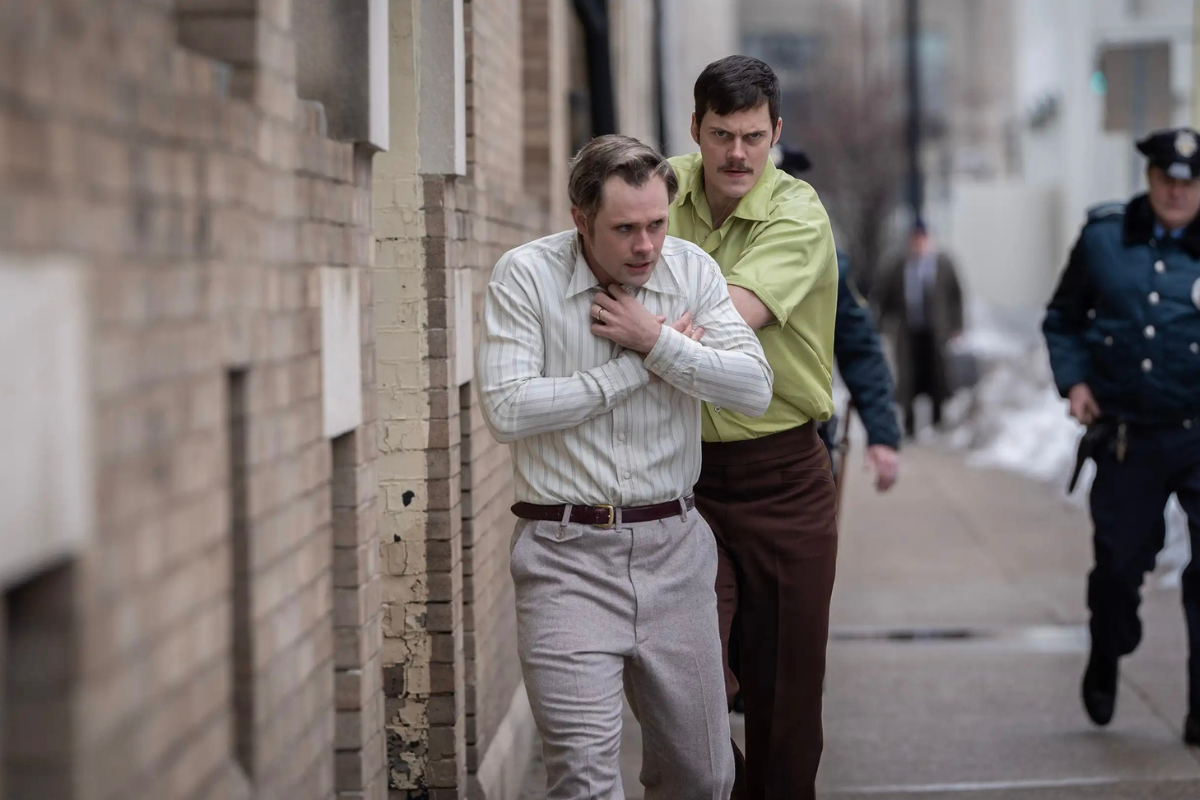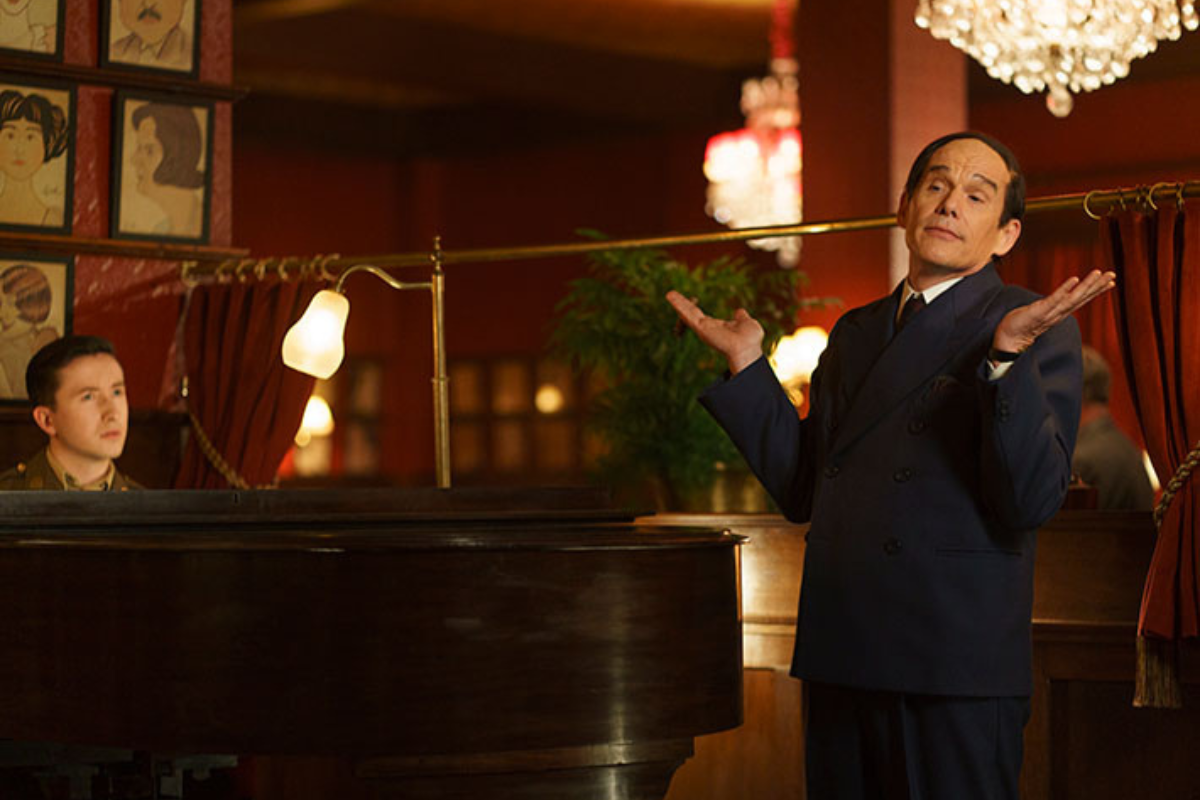Review: A Nightmare on Elm Street (2010)
When it comes to horror icons, what Freddy Krueger has going for him that no other creature can claim – not Jason, not Michael Myers, not Alien – is that he’s creative.
When it comes to horror icons, what Freddy Krueger has going for him that no other creature can claim—not Jason, not Michael Myers, not Alien—is that he's creative.
Unfortunately, there's nothing creative about this remake of the original Nightmare on Elm Street. Directed by Samuel Bayer from a screenplay by Wesley Strick and Eric Heisserer, this Nightmare has none of the weird, dark wit that even the worst of the many sequels had going for it. No, this Freddy is not “campy”… but too bad he's not cool, either.
Make no mistake, 26 years after first flicking up his felonious fingers, Freddy still cuts a mean silhouette. In this “re-imagining,” Freddy's burn makeup is more realistic, more gruesome… but so what? Also, teens today have energy drinks, cell phones, iPods, prescription speed pills, computers, the Internet… but so what? The film commits a serious failure in not granting Freddy “creative access” to using these devices in his targets' dreams. After all, a brave new world demands brave new ingenuity! Incontestably, this grave oversight follows from the filmmakers not understanding contemporary youth culture, as Craven did in the original. Just drinking an energy drink or tapping away at a laptop doesn't automatically make for a believable teen character.
As utterly shlocky as Freddy vs. Jason was, at least it gave us something we hadn't seen before. Let's put 2010's Nightmare dead-tied with Nine as the Most Redundantly Unnecessary Movie of All Time. The best shots and moments in Nightmare 2010 are mere restagings of Wes Craven's own sick brilliance and originality from 1984. As talented an actor as Jackie Earle Haley is (the film's very best, scariest moments occur in flashbacks of a living Freddy playing with the young children), Haley does nothing more here than an impression of Robert Englund playing Freddy. Moreover, the lack of a “Story by Wes Craven” credit is unforgivable, since this narrative's major beats and premises replicate Craven's own film, beat for beat.
Perhaps the most senseless revision is the utter lack of plucky teen protagonists. As written, these kids are just dull, dumb, and unlikable. In fact, no teen character possesses an identifiable personality trait. (And so what if Nancy draws? So whaaaat?!) These kids don't even have LIBIDOS! But to be fair, the fact that the kids are flat, uninteresting, expendable characters would be completely understandable… if they weren't the narrative focus of the film… scene-by-scene solving a mystery… to which we already know the answer! These characters think and act as if they're starring in a drama where the audience cares if they survive. We don't. Nobody watches a remake of a classic horror movie to see what the story is (guess what: it's the same). Audiences watch horror movies to see how fantastically the characters will meet their ends: “Worry not, my child: your life may be dull, but your death will be F***ING AWESOME!” If filmmakers don't deliver fantastic deaths, nor well-rounded characters to care about, nor a new story/mystery, then what reason is there to watch at all?
When a film's narrative premise (including its well-deserved, iconic villain) is as literally limitless as Nightmare, then the only “ceiling” in storytelling is the filmmakers' imagination (well, the MPAA's puritanical stomachs). Unfortunately, this Nightmare is about as imaginative as a photocopy. The thing about photocopies, though, is you don't need one if you have the original. (Which we do. It's fine. Check it out.) Here, intentions may have aimed at “homage,” but the result is “insult.” Freddy didn't deserve this.
Robert Piluso is a Professor of English at Mt. San Antonio College, film critic (The Essential Sopranos Reader), screenwriter (CS Expo 2011 Winner-Best Comedy Script, Strum & Wail; Austin Film Festival 2012 Feature Comedy Second Round), poet (Dash, The Chaffey Review). He earned his Master of Arts in English from CSU Fullerton and his Master of Fine Arts in Writing for Screen and Television from the University of Southern California. He is the author of the illustrated novel Redemptor Future Shaman. He lives in Southern California with his daughter.






